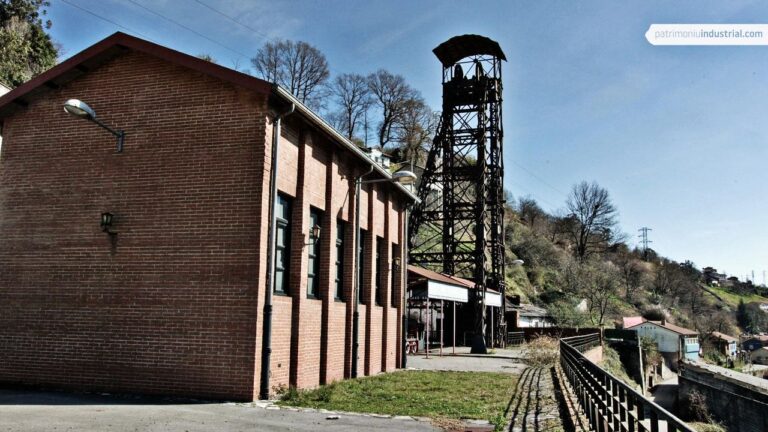Mining
The company Sociedad Carbones Asturianos, created in 1890 in Bilbao, exploited certain concessions in the Samuño valley, which were to receive a definitive boost thanks to the Sama-Samuño branch of the Langreo Railway, that allowed coal to be sent directly to the port of Gijón.
In 1907, the popular Basque businessman Horacio Echevarrieta acquired these reserves, which ended up under the control of the company Catalana de Gas y Electricidad in 1923, whose business was based on the use of hard coal for the manufacture of gas for lighting and later for the generation of electricity. Thus, the registered office of the Asturian mine was transfered to Barcelona, and it remained there until its integration into HUNOSA in 1967.
Until this point, the concession was exploited by means of mountain mines, creating a very similar landscape to the one portrayed by the photographers Hauser and Menet at the beginning of the 20th century in the upper-middle part of the valley. The sinking works of the Samuño Mine, which ceased its activity in December 2001, allowed the deposit to be exploited under the level of the valley, although the work in the mountain mines continued thanks to several leases until the 1950s.
The mine is surrounded by a curious collection of mining buildings and structures which allow us to observe the evolution of a unique space, starting with the mine, which dates back to the 26th January 1892, as stated in its key. The machinery building, built during the sinking period, is an unusual building in which the roof is immediately reminiscent of neo-regionalism due to its broken gables and very pronounced eaves, as well as corner mouldings and impost lines. However, the openings, with very wide spans and straight profiles, have a rationalist influence. This movement reached its maximum expression in the toilet building, built as part of the large investments made by HUNOSA, which has a circular floor plan, with a spiral staircase that gives cohesion to the whole building.
The current headframe was assembled in 1985 with a very emblematic image thanks to its coplanar pulleys, which served an Italian-made koepe hoist machine controlled by an Ilgner unit.













Recent Comments